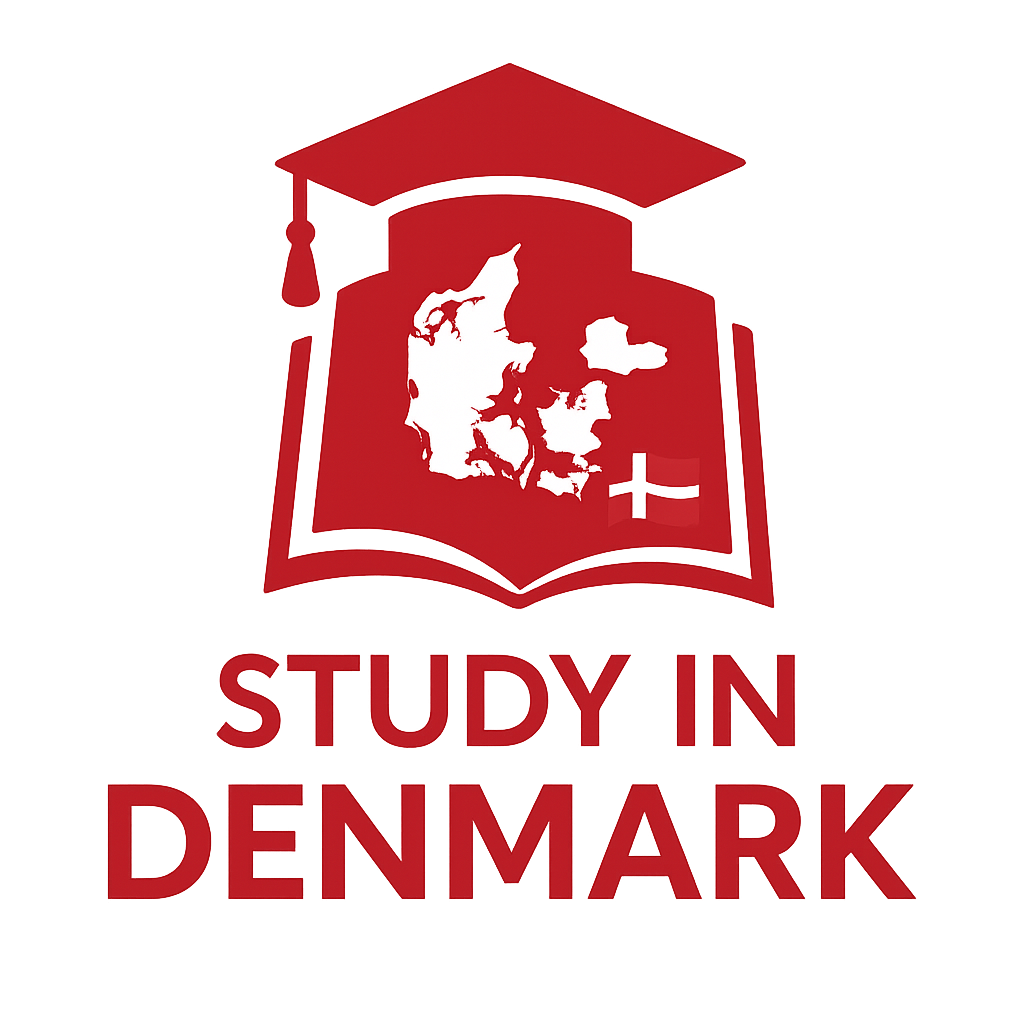How to Apply for Postgraduate Studies in Denmark
Table of Contents
1. Confirm Your Eligibility
Master’s Programmes
Before applying, it is crucial to verify eligibility. To enroll in a Master’s programme, applicants must hold a relevant Bachelor’s degree, typically equivalent to a Danish degree of at least 180 ECTS credits.
PhD Programmes
For those interested in PhD programmes, a recognized Master’s degree or its equivalent is generally required. Additionally, some universities offer extended PhD programmes that begin after completing a Bachelor’s degree plus one year of postgraduate study.
2. Meet Academic and Language Requirements
Programme-Specific Requirements
Each programme may have distinct academic backgrounds or prerequisites. It is vital to check the detailed requirements on the respective university’s website to align your qualifications with programme expectations.
Language Proficiency
For English-taught programmes: Applicants must provide documentation of English proficiency at a level generally equivalent to Danish ‘English B’, with common tests including TOEFL, IELTS, and Cambridge ESOL.
For Danish-taught programmes: Proficiency in Danish is necessary. Applicants are often required to pass a Danish proficiency test such as ‘Studieprøven i dansk som andetsprog’ or ‘Danskprøve 2’ or 3, depending on specific programme requirements.
3. Prepare and Submit Your Application
Application Portal
Applicants typically apply for Master’s degrees through the university’s designated online application portal. Each institution outlines specific instructions, which include important deadlines.
Required Documents
Necessary documents for the application often include:
- Certified transcripts and diplomas
- Proof of language proficiency
- A CV/resume
- A motivation letter or statement of purpose (if required)
- Any other specified documents by the programme
Deadlines
Universities set varying deadlines for applications. Typical timeframes include:
- September intake: Early spring (January–March).
- February intake: Usually mid-year (July–October).
It is essential to consistently check the university and programme webpages for updated deadlines and to ensure that all documentation is submitted promptly.
4. Application Review and Response
Post-submission, the university admissions team will assess your application. Should additional documentation be required, universities will notify you via the application portal. Admission results are typically communicated several weeks after the application deadline. Accepted applicants must confirm their acceptance by a deadline specified in their offer.
5. Preparing for Arrival
Upon acceptance, students may also need to arrange:
- A student residence permit or visa (this may vary based on nationality).
- Housing and other practical arrangements for living and studying in Denmark.
Summary Table: Postgraduate Application Process
| Step | Key Actions |
|---|---|
| Check eligibility | Bachelor’s/Master’s degree, relevance, ECTS credits |
| Meet requirements | Academic & language prerequisites |
| Prepare documents | Transcripts, diplomas, language proof, etc. |
| Apply | Via university’s application portal |
| Meet deadlines | Confirm institution-specific dates |
| Await results | Track status; follow instructions regarding offers |
Denmark’s higher education institutions host more than 600 English-taught programmes, providing clearly defined entry and application requirements. Initiating your application early and consulting your chosen university for tailored advice is imperative. For further guidance on pursuing higher education in Denmark and to stay updated on the latest trends in international education, make sure to explore the Study in Denmark platform tailored for international students.
Take the Next Step with Study in Denmark
Explore further to enhance your educational journey in Denmark:


